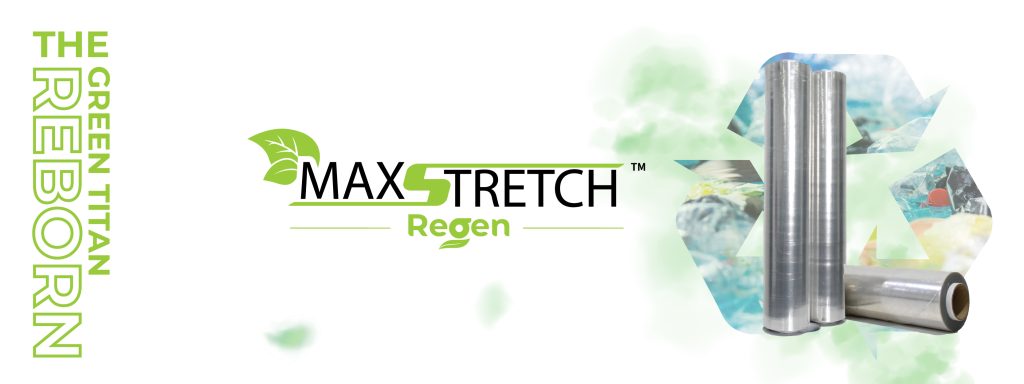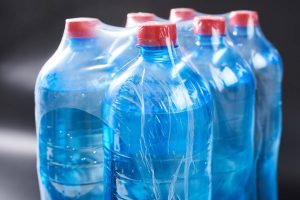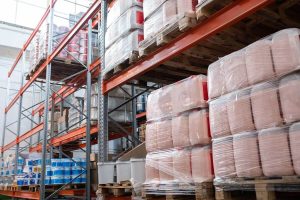
In the global push for environmental preservation, businesses across industries are increasingly adopting sustainable practices to reduce their ecological footprint. A key area of focus is packaging, given its significant impact on the environment. One important element in sustainable packaging is the use of post-consumer recycled (PCR) content, which helps minimize waste and conserve resources.
In this article, we will explore the importance of PCR in packaging and the benefits it brings to businesses and the environment.
What is Post-Consumer Recycled Content
Post-consumer recycled content refers to materials that have already served their purpose as consumer goods and are then recycled and repurposed into new products. In the context of packaging, PCR typically involves reusing materials such as plastic, paper, or glass that would otherwise end up in landfills or the environment. Upon reintroducing these materials into the production cycle, companies can reduce the demand for virgin materials and decrease the overall environmental impact.
The concept of PCR is part of a broader movement toward a circular economy, where resources are reused and recycled to reduce waste and conserve natural resources. The integration of post-consumer recycled content into packaging allows businesses to match their operations with environmentally conscious practices, thereby promoting sustainability in their supply chains.
Importance of Sustainable Packaging
The environmental footprint of traditional packaging is extensive, which contributes to pollution, waste accumulation, and resource depletion. Conventional plastic packaging, derived from fossil fuels, generates significant greenhouse gas emissions during production and typically ends up in landfills, where it can take hundreds of years to decompose. The growing awareness of these environmental issues has led to a demand for more sustainable packaging solutions.
Sustainable packaging plays an important role in addressing these challenges. Including PCR content is one of the most effective ways to reduce the environmental impact of packaging. Recycling used materials not only conserves resources but also helps decrease the carbon footprint associated with manufacturing. In addition, sustainable packaging can significantly reduce waste sent to landfills, contributing to a cleaner and healthier environment.
Business Benefits of Using PCR in Packaging
Beyond the environmental advantages, businesses can also benefit from including post-consumer recycled content in their packaging. One of the primary drivers is compliance with regulatory requirements, as governments and international organizations are increasingly enforcing stringent rules around packaging waste and sustainability. Companies that adopt PCR packaging solutions can meet these regulations more easily while avoiding potential fines or penalties.
Using PCR content also enhances a company’s corporate social responsibility (CSR) profile, which can lead to improved brand loyalty and trust among eco-conscious consumers. As customers become more environmentally aware, they are increasingly favoring brands that demonstrate a commitment to sustainability.
Businesses that incorporate PCR content into their packaging can position themselves as leaders in environmental stewardship, which helps to build stronger relationships with both consumers and stakeholders.
Additionally, sustainable packaging solutions that rely on post-consumer recycled materials can lead to cost savings in the long term. While the initial investment in PCR packaging may be higher than conventional alternatives, reduced material consumption and efficient recycling practices can result in lower operational costs over time. This makes sustainable packaging a financially viable option for businesses aiming to achieve both economic and environmental goals.
Maxstretch Regen 30% PCR by Thong Guan
Maxstretch Regen, a cutting-edge packaging solution, demonstrates the benefits of post-consumer recycled content in action. It is designed with 30% PCR content, making it an excellent choice for businesses seeking to minimize their environmental impact. Maxstretch Regen by Thong Guan not only reduces reliance on virgin materials but also supports the circular economy by reusing plastic waste that would otherwise contribute to pollution.
The product offers a range of additional advantages, including its high-performance characteristics, cost efficiency, and durability. The use of 30% PCR in Maxstretch Regen shows Thong Guan’s commitment to sustainability while ensuring that businesses can maintain optimal packaging performance. This solution allows companies to enhance their green credentials without compromising on the quality of their packaging materials.

Reducing Carbon Footprint with PCR Packaging
One of the most significant benefits of using post-consumer recycled content in packaging is the reduction in carbon emissions. Manufacturing packaging from virgin materials, particularly plastics, is an energy-intensive process that contributes significantly to greenhouse gas emissions.
PCR packaging, on the other hand, requires less energy to produce because it reuses existing materials. This results in lower carbon emissions and a smaller overall environmental footprint.
After opting for packaging solutions that integrate post-consumer recycled content, companies can play a significant role in reducing global emissions. This aligns with the broader efforts to combat climate change and move toward a low-carbon economy.
As businesses prioritize sustainability in their operations, the use of PCR materials in packaging can help them meet their carbon reduction targets while contributing to global environmental goals.
Supporting the Circular Economy
Post-consumer recycled content is a foundation of the circular economy, a model that minimizes waste through the continual reuse and recycling of materials. In a circular economy, products are designed to have a longer lifecycle, and materials are kept in use for as long as possible. This approach contrasts with the traditional linear economy, where products are made, used, and then discarded.
By integrating PCR content into their packaging, companies help close the loop on material use. This reduces the need for virgin resources and ensures that materials are recycled and repurposed rather than being sent to landfills.
The use of post-consumer recycled content contributes to a more sustainable and efficient system of resource management, which benefits both businesses and the environment.
Future Trends in PCR and Sustainable Packaging
The shift toward sustainable packaging is not just a trend—it is becoming a necessity. As consumer demand for eco-friendly products continues to grow, businesses are under increasing pressure to adopt packaging solutions that minimize environmental harm. The use of post-consumer recycled content will likely become more prevalent as industries move toward sustainable practices.
Looking ahead, innovations in material science and recycling technologies will further enhance the quality and availability of PCR materials. This will make it easier for businesses to adopt sustainable packaging solutions without sacrificing performance or aesthetics.
Moreover, advancements in digital tools will enable companies to better track and manage the lifecycle of their packaging materials to ensure greater transparency and accountability in their sustainability efforts.
All in All
Post-consumer recycled content plays an important role in the transition to sustainable packaging. The integration of PCR materials helps reduce waste, conserve resources, and lower carbon emissions, making it an essential component of environmentally conscious packaging strategies.
Solutions like Maxstretch Regen by Thong Guan, with its 30% PCR content, demonstrate the tangible benefits of using recycled materials in packaging, which offer both environmental and economic advantages. As the packaging industry evolves, post-consumer recycled content will be key to achieving sustainability. Businesses using this approach can meet regulations, boost their reputation, and support a greener future.





